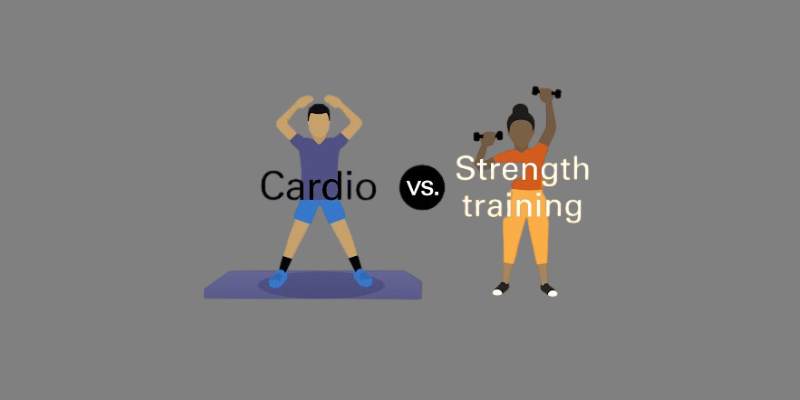Running is great for health and stress relief, but summer heat poses risks like heatstroke and exhaustion. Stay safe by taking smart precautions. This article offers six practical tips to help runners avoid heat illness while enjoying the outdoors. Don’t let the heat stop you—run smarter, stay hydrated, and protect your health.
What Is Heat Illness and Why Should Runners Care?
 Your body generates heat when you run. Typically, sweat mops you down. But when the weather is hot and humid, because sweat does not disappear that quickly, then your body does not cool itself properly. That’s when one can suffer from heat illness.
Your body generates heat when you run. Typically, sweat mops you down. But when the weather is hot and humid, because sweat does not disappear that quickly, then your body does not cool itself properly. That’s when one can suffer from heat illness.
There are three common types of heat illness:
- Heat cramps: Painful muscle cramps caused by fluid and salt loss.
- Heat exhaustion: Heavy sweating, weakness, nausea, and a fast pulse.
- Heatstroke: A life-threatening condition where body temperature rises above 104°F (40°C), causing confusion, fainting, or even coma.
Why Runners Are at Higher Risk
Runners spend a long time outdoors and push their bodies hard. This increases the chance of overheating, especially during summer months or in tropical climates. Ignoring early signs can turn a simple run into a medical emergency.
Now, let’s explore six detailed ways to keep yourself safe.
1. Run During Cooler Parts of the Day
Running in the early morning or late evening can help you avoid the intense heat of midday, reducing the risk of heat-related illnesses.
Pick the Right Time
The temperature is lowest in the early morning, just after sunrise. Running before 8 a.m. can reduce your exposure to sun and heat. If morning doesn’t work, try after sunset when it starts to cool down. Avoid running between 11 a.m. and 4 p.m., as this is usually the hottest time of day.
Monitor Weather Conditions
Use a weather app to check:
- Temperature
- Humidity level
- UV index
- Heat advisories
If the forecast shows extreme heat or high humidity, consider delaying your run or switching to indoor training. Apps like AccuWeather or Weather Underground are helpful for planning safe runs.
2. Dress Smartly for Hot Weather Running
Wearing the right clothing can make a significant difference when running in hot weather.
Wear the Right Fabric
Choose moisture-wicking fabrics like polyester or technical blends made for runners. These materials pull sweat away from your body and help it evaporate quickly. Avoid cotton—it holds sweat and can make you feel hotter.
Pick Light Colours and Loose Fits
Light-coloured clothes reflect sunlight, while dark colours absorb it. Loose-fitting clothes allow better airflow, helping sweat evaporate and body heat to escape.
Use Protective Gear
- Running hat or visor: Shields your face from the sun.
- Sunglasses with UV protection: Protect your eyes and reduce sun glare.
- Sunscreen: Apply SPF 30 or higher to exposed skin. Don’t forget your ears, neck, and back of your knees. Reapply every 2 hours if you sweat a lot.
Wearing proper clothing can make a big difference in how your body handles heat.
3. Stay Hydrated Throughout the Day
Proper hydration is essential to maintaining your performance and preventing heat-related illnesses.
Start Hydrating Before You Run
Begin drinking water several hours before your run. If you’re dehydrated before you start, you’re already at a disadvantage. Aim for 16–20 ounces (500–600 ml) of water two hours before running.
Drink During the Run
If your run lasts longer than 30 minutes, bring water or a sports drink with you. Drink 4–6 ounces (120–180 ml) every 20 minutes. On long runs or races, use hydration belts, handheld bottles, or hydration vests.
Replace Lost Electrolytes
When you sweat, your body loses salts like sodium and potassium. Replacing them is important, especially on long or intense runs. Use:
- Sports drinks with electrolytes
- Electrolyte tablets or powder mixed in water
- Coconut water (low sugar option)
Hydrate After Your Run
After your workout, drink enough water to replace what you’ve lost. Check your urine colour—if it’s light yellow, you’re hydrated. If it’s dark, you need more fluids.
4. Listen to Your Body and Know the Warning Signs
Paying attention to your body’s signals is crucial to prevent injuries and ensure safe, effective training.
Watch for Early Symptoms
Heat illness often starts with mild symptoms. Don’t ignore these signs:
- Unusual fatigue
- Dizziness or lightheadedness
- Nausea
- Headache
- Dry mouth
- Rapid heartbeat
- Muscle cramps
Stop and Cool Down
If you feel unwell, stop running right away. Move to a shaded or air-conditioned area. Drink cool water and apply a wet towel to your neck, face, or wrists. Sit down and rest.
Don’t Push Through the Pain
Some runners try to finish their planned distance even when they feel bad. This is risky. Heat illness can come on quickly. Stopping early is always better than risking your health.
5. Adjust Your Training Plan for the Heat
Running in hot weather requires thoughtful adjustments to your training plan to ensure safety and performance.
Lower Your Intensity
Hot weather is not the time for speed runs or personal records. Run at a slower pace and take walk breaks if needed. Use the “talk test”—if you can’t speak a full sentence without gasping, you’re going too hard.
Reduce Your Distance
If the weather is very hot, shorten your route. Cut a 10K to a 5K, or break a long run into two shorter sessions. Safety is more important than sticking to a schedule.
Use Indoor Alternatives
If it’s too hot outside, train indoors. Options include:
- Treadmill running
- Indoor cycling
- Swimming
- Strength training
- Yoga or stretching
Staying active indoors helps maintain your fitness without putting your body at risk.
6. Get Used to the Heat Gradually
 Acclimatizing to heat takes time, so increase your exposure gradually. Start with shorter workouts during cooler parts of the day and slowly build intensity as your body adapts to the higher temperatures.
Acclimatizing to heat takes time, so increase your exposure gradually. Start with shorter workouts during cooler parts of the day and slowly build intensity as your body adapts to the higher temperatures.
Don’t Rush into Hot Runs
If you’re not used to hot weather, take time to adapt. Start with short runs during cooler parts of the day. Increase your distance and intensity slowly over one to two weeks.
Track Your Progress
Keep a training journal. Note the temperature, humidity, pace, and how you felt during and after your run. This helps you spot patterns and improve heat tolerance.
Allow More Recovery Time
Running in the heat stresses your body more. Give yourself extra rest between workouts and make sleep a priority. Recovery helps your body perform better in future runs.
Conclusion
Running in the heat requires more than just willpower. You need to be smart, prepared, and aware of how your body reacts to high temperatures. By running at cooler times, dressing properly, staying hydrated, listening to your body, adjusting your routine, and easing into the heat, you can enjoy safe and healthy runs all summer long.












